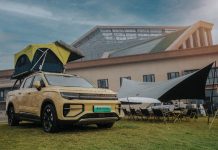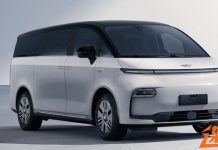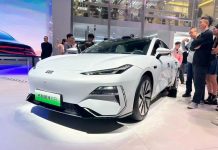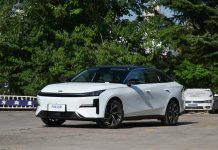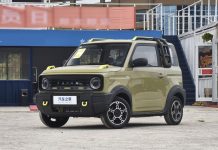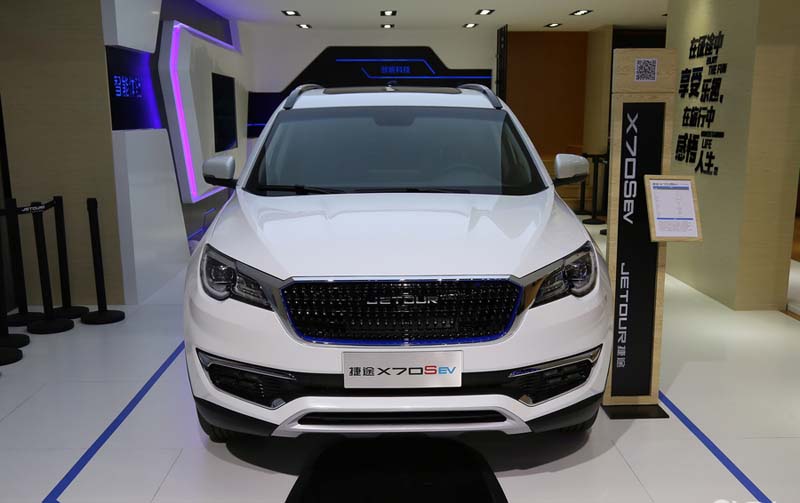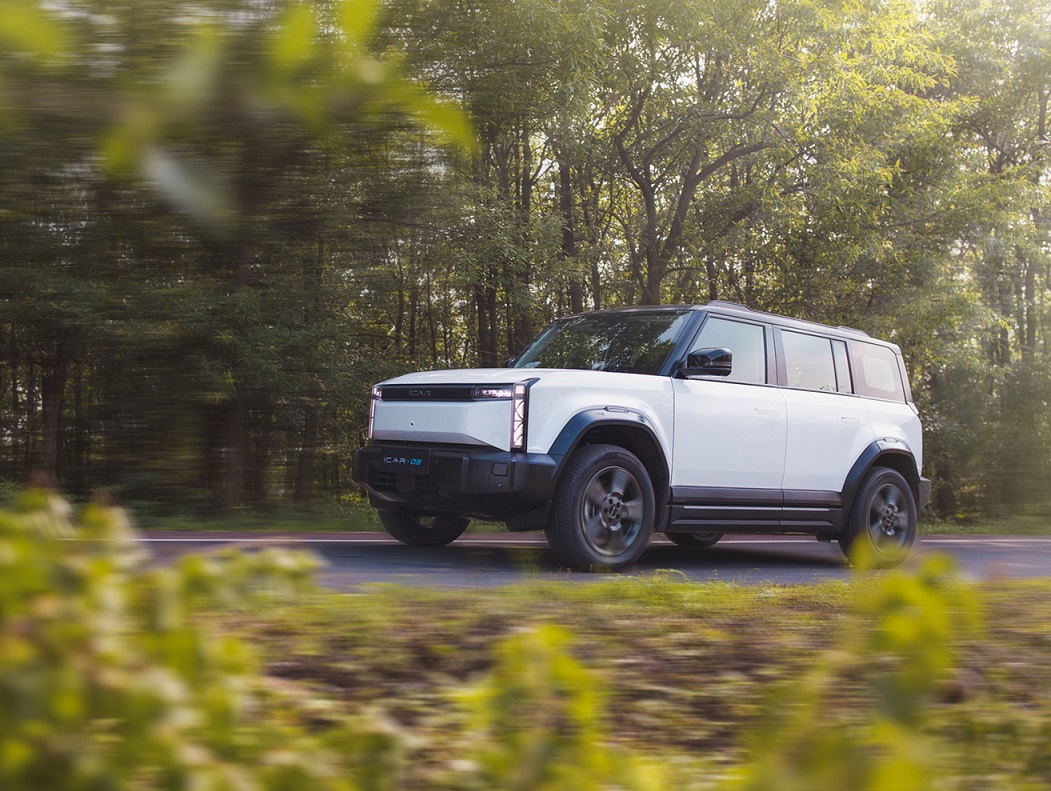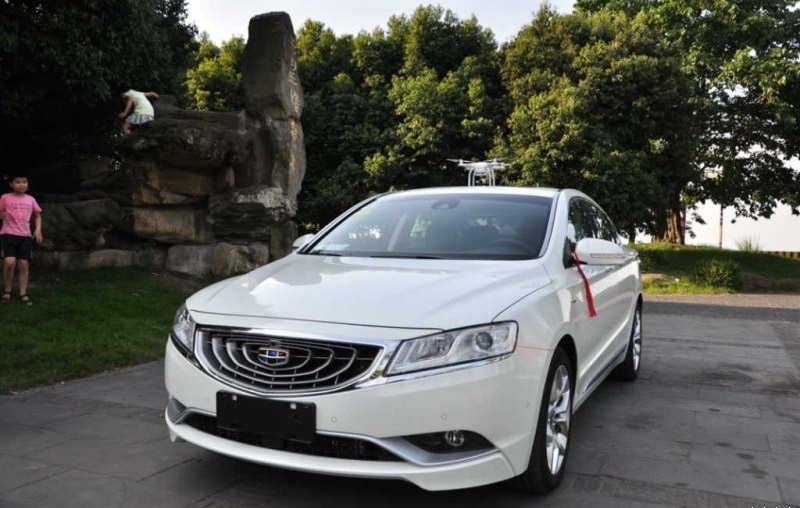
On April 9th, 2015, Geely Borui, which was praised by Chinese consumers as “Beautiful Chinese Car”, was officially listed. Geely Borui is Geely’s first model to introduce Volvo’s safety technology concept, it is also the masterpiece of Geely’s efforts to return to the forefront of its own brand. Since its listing, Geely Borui has successively become the designated car of the Ministry of Foreign Affairs, the official vehicle for the Chinese embassy, the official car of the first China-Central and Eastern Europe Expo, the official car designated by the G20 Hangzhou Summit, and exported to Cuba as official vehicle. On August 1st, 2017, facelift Geely Borui was officially launched. A total of 10 models with 2.4L and 1.8T displacements were launched in China, priced at 119,800-178,000 yuan.
Engine compartment: Twin-engine cabin design is high-end
Before we remove the front bumper, let’s take a look at Geely Borui’s engine compartment. It can be said that Geely Borui’s engine compartment looks very neat and is covered by a large shield, feels like a high-end model, and the inner side of engine hood panel has a very thick sound insulation material, which is very good.
In addition, the engine compartment is dual-cabin design, which not only is more conducive to vehicle maintenance, but also plays a better role in sound insulation and fire prevention. Generally, high-end cars have such a design.
Front crash beam: The energy box is very weird
Regarding the front crash beam, the first thing that needs to roast is that many Chinese models don’t care much about integration. For example, the harness & plug in the front bumper is very messy, it looks like a cheap car.
After removing the Borui’s front bumper, a white aluminum alloy anti-collision beam is presented in front of the eyes, it is about 3.15 mm in thickness, which is a very conscience crash beam. There is also foam bumper absorbers in front to protect pedestrians and protect the bumper.
However, this is not to say that there is no problem, such as the crash box is rather strange. In general, the aluminum alloy anti-collision beam will be equipped with an aluminum alloy energy absorbing box, the shape is mostly square and polygonal, and there will be many folds or crushing holes on the crash box. However, Geely Borui’s front anti-collision beam crash box is “different” shape. In theory, this shape of crash box is not ideal.
So if we think of this type of “crash box” as a crash beam connecting frame, it is actually more reasonable. The real crash box is just behind the connecting frame, which is the pleated steel crash box in the picture above.
However, the position of the crash box is located behind the water tank and the radiator, so that the impact beam is unable to play the role of protecting the water tank and the radiator, this might be a serious problem.
There are still some common problems. Fox example, the position of headlights are even in the front of the anti-collision beams, so that they are easily damaged; The installation position of the ACC radar is also easily damaged; The small black radiator on the front is parallel to the anti-collision beam, and this is basically unable to be protected.
Rear anti-collision beam: Found a “big sword”
After removing the rear bumper, we found a “big sword”! In fact, this is the filling foam between the rear bumper and the rear crash beam, or the bumper absorber foam! But it’s so small and very thin that it’s hard to play the role of buffering.
Let’s take a look at the rear anti-collision beam, which is also a white aluminum alloy crash beam with a thickness of about 2.6 mm. However, from a structural point of view, it is not as thick as the front anti-collision beam, but a single-layer aluminum alloy plate with two “reinforcing ribs” added.
However, the rear crash box of the rear impact beam still has some problems, fox example, the crash box is too small, and there is almost no space for collapse and folding.
The rear crash box is so small that it also causes another problem, that is, the rear anti-collision beam is almost in the same surface as the trunk, which will cause the rear anti-collision beam to fail to reduce the loss. Of course, I think this design may be a helpless compromise for Borui’s “hip-up” design of the rear end.
Summary: The materials quality is very honest and kind but the design is flawed.
Judging from the overall materials, Geely Borui is still quite kind, the front and rear aluminum alloy anti-collision beams are indeed worthy of the title of high-end “Geely Emgrand”! However, in terms of structure, Borui still has a lot of deficiencies, because of the many compromises in the design, so that some functions are unable to really play a role.
PS: The vehicle we dismantled is the 2015 Geely Borui China spec, our review is only for your reference due to the different trim level and year.

